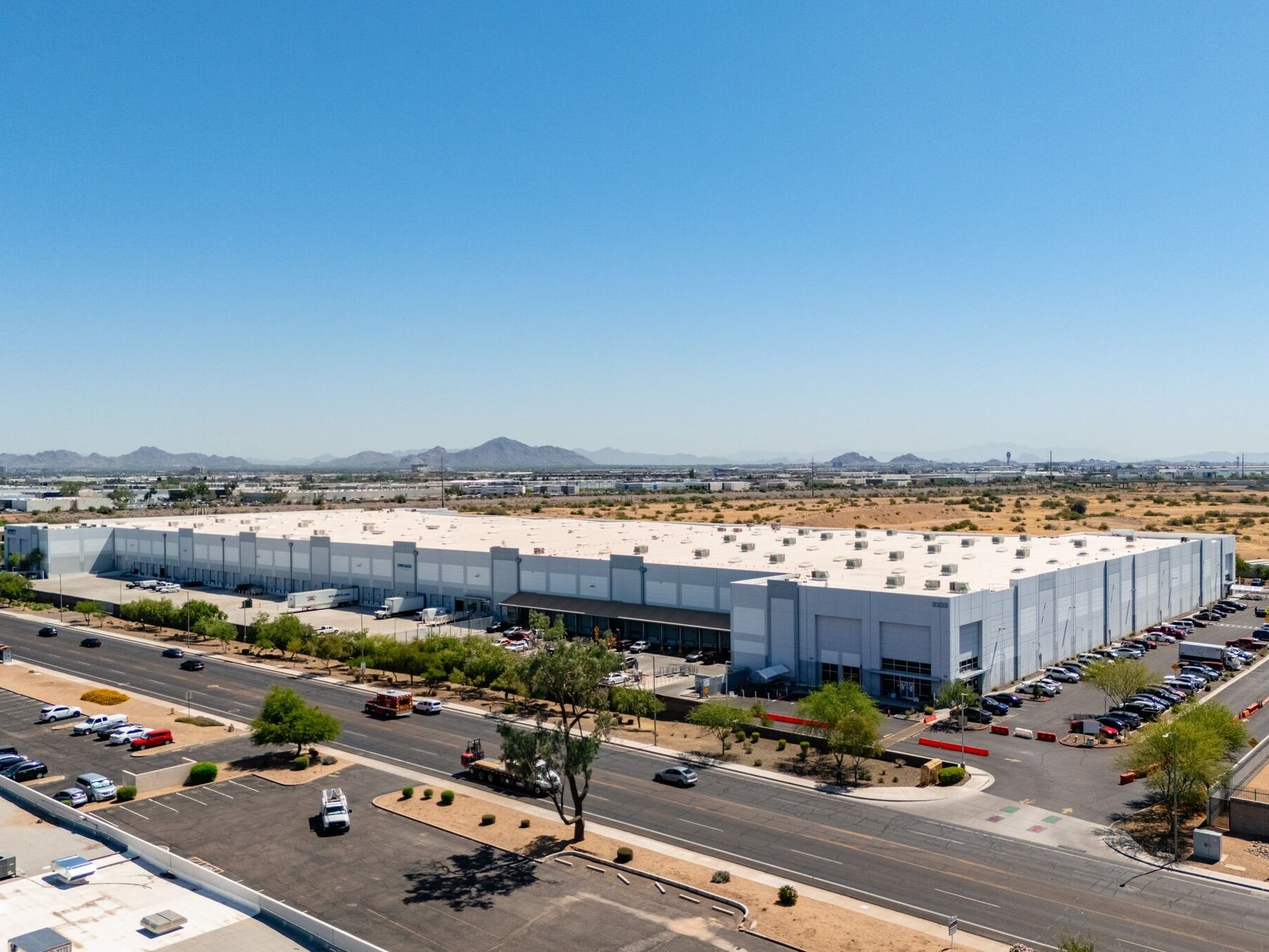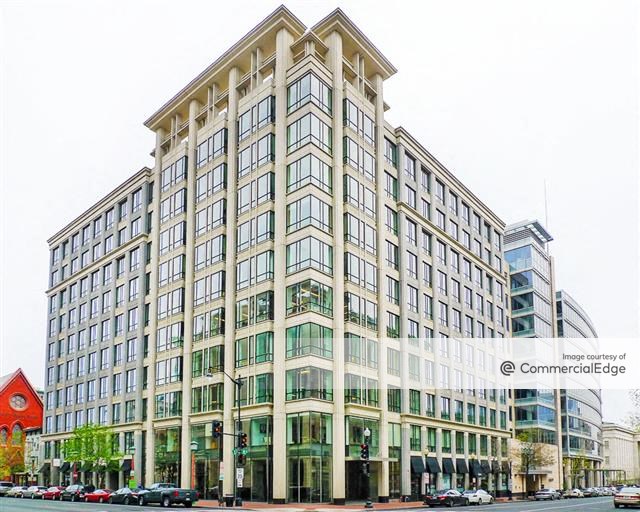How Economic Health Will Energize CRE
Marcus & Millichap recently examined how the various property sectors will respond to improving conditions.
Amid the strengthening economy, expectations for the commercial real estate industry’s quick recovery are growing, according to Marcus & Millichap’s latest Special Report, Post-Pandemic Investment Trends 2Q 2021.
READ ALSO: Health Care’s Forward-Looking Fusion With Retail
Along with the boost from stimulus funds and other federal support programs, the widespread deployment of vaccinations and the reopening of venues has given the economy a jolt that, according to the Marcus & Millichap report, will likely bolster CRE fundamentals in 2021.
As a result, with recovery more tangible for investors, buying activity will increase and move beyond a level that has been, thus far, uneven, with private buyers leading the way and certain sectors garnering the bulk of attention.
Private buyers were dominant players during the high points of pandemic-related uncertainty, while large institutional investors mostly remained on the sidelines. According to the report, private investors were responsible for 55 percent of the dollars spent during the pandemic—the 12-month period from March 2020 to March 2021—marking a ratio 300 basis points above that seen in 2019. The dynamic is not an unusual one.
“Private capital often captures a larger share of the market during periods of upheaval, such as last decade’s financial crisis or the current pandemic,” according to the Marcus & Millichap report. “The long-term trend, however, continues to illustrate greater private investor engagement across all major property types. This includes assets in the typical private buyer price range of $1 million to $10 million, but also in transactions priced above that threshold. This dynamic benefits the larger investment landscape by fostering an overall more diverse buyer pool.”
Cap rates compress
Those who have been actively buying have been competitive in their bidding and, thus, have compelled the compression of cap rates. Compression has been most prominent in those sectors that have performed best during the pandemic, including industrial, multifamily and self storage. Actually, the decrease in cap rates can be seen in any asset type that has attracted strong attention among investors, including certain types of retail.
To date, there has been no repeat performance of massive bargain-basement sales like those that took place during the Great Recession. As noted in the Marcus & Millichap report, “While some discounting has occurred in unique situations, valuations of most asset types have largely held steady or surpassed pre-health crisis levels as strong buyer interest has aligned with limited for-sale inventory.” Hotels, which have suffered substantially as a result of the COVID-19 health crisis, are also on the radar of many investors as assets that are expected to make a quick recovery after the pandemic subsides.
Sector roundup
Industrial has been the investor favorite during the pandemic, buoyed by e-commerce adoption, safety stocks and a reviving shipping landscape. And while new deliveries reached record heights, during the 12-month period ending in March 2021, the national vacancy rate only increased by a mere 10 basis points to 4.2 percent, and the average asking rent continued to rise, increasing an average 4.6 percent. The current national average cap rate for the industrial sector is relatively low but varies widely based on property location, vintage and other factors.
The multifamily sector was also looked upon favorably by investors during the pandemic, and although apartment communities in large metros were impacted more by the pandemic than those in smaller cities, recovery prospects for the urban core are positive. Primary metros saw vacancy rates jump 80 basis points from March to March, with the average rent dropping 3.4 percent, while secondary and tertiary markets experienced a 10 basis-point increase in the vacancy rate and a 2.2 percent increase in rent. The current national average cap rate for apartments is in the low-5 percent range.
Single-tenant retail assets remained at the top of investors’ list during the pandemic and helped push the cap rate down to the low-to-mid 6 percent range. Discount stores, drugstores and quick-service drive-thru restaurants are the lifeforce for the retail sector from an investment perspective in the current climate, and grocery-anchored shopping centers are also in high demand. Rent growth, on the other hand, has remained relatively stable across much of the sector.
In the office sector, the unknown—the when and where of returning to work—colors investor activity. “Offices continue to face an unclear demand outlook even as health conditions improve and more companies take steps to curb remote work,” Marcus & Millichap notes in the report. “Overall foot traffic will improve in the months ahead, but the drive to lease sizable floorplans downtown may stay subdued until a new work model is solidified across sectors.” Instead, walkable, Class A suburban assets with strong lease profiles have become favored among many investors looking at the office sector.
Across the board, however, investors are growing more active, and every sector is of interest. “Strengthening economic tailwinds are brightening recovery expectations and spurring investment activity for well-positioned assets,” according to the report.
Read the full report by Marcus & Millichap.








You must be logged in to post a comment.